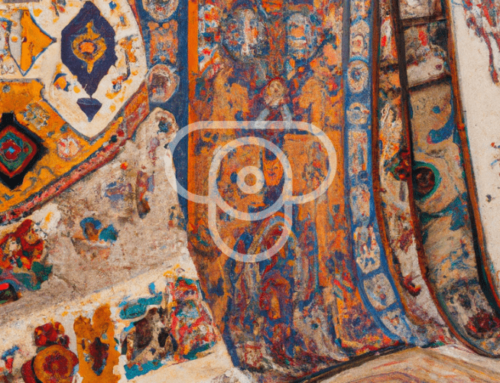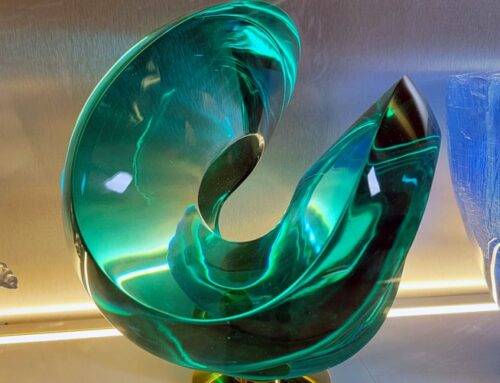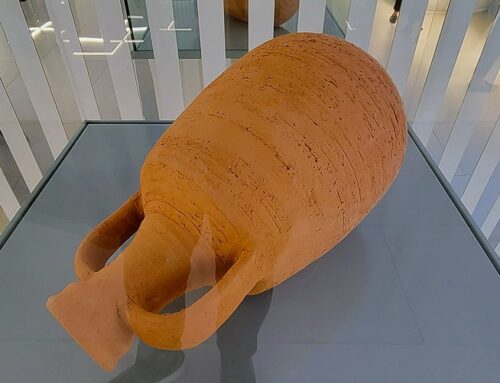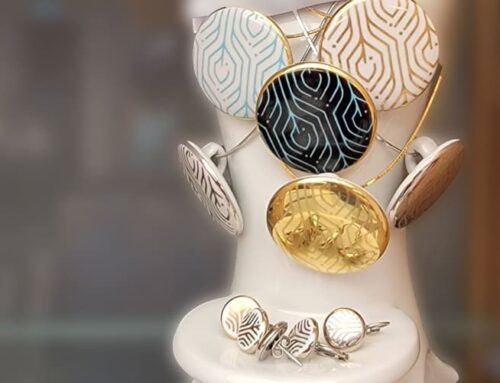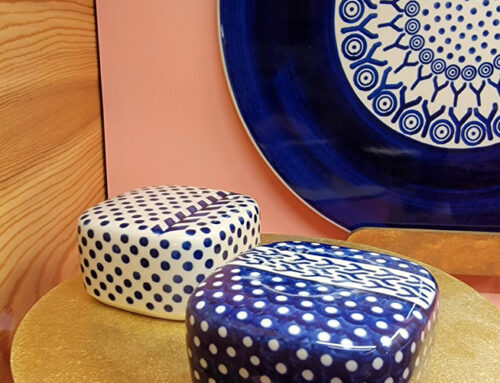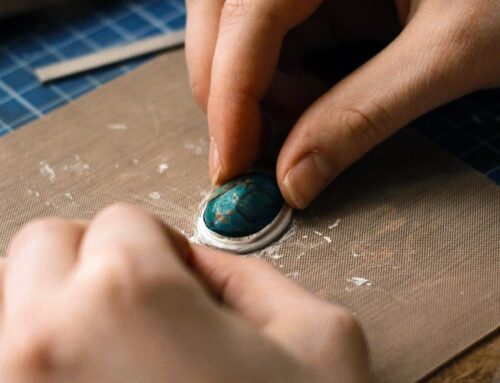Bosnia and Herzegovina: The stories behind the crafts
Bosnia And Herzegovina with its medieval villages, rivers, lakes, landmark sites and more waterfalls than most of other European countries combined, is a scenic country in the Balkans. Bosnians are a resilient people who went through major turmoil and war in the 1990s and have come a long way since. On your visit, you must taste the unique flavors, meet new people, and enjoy the local products.
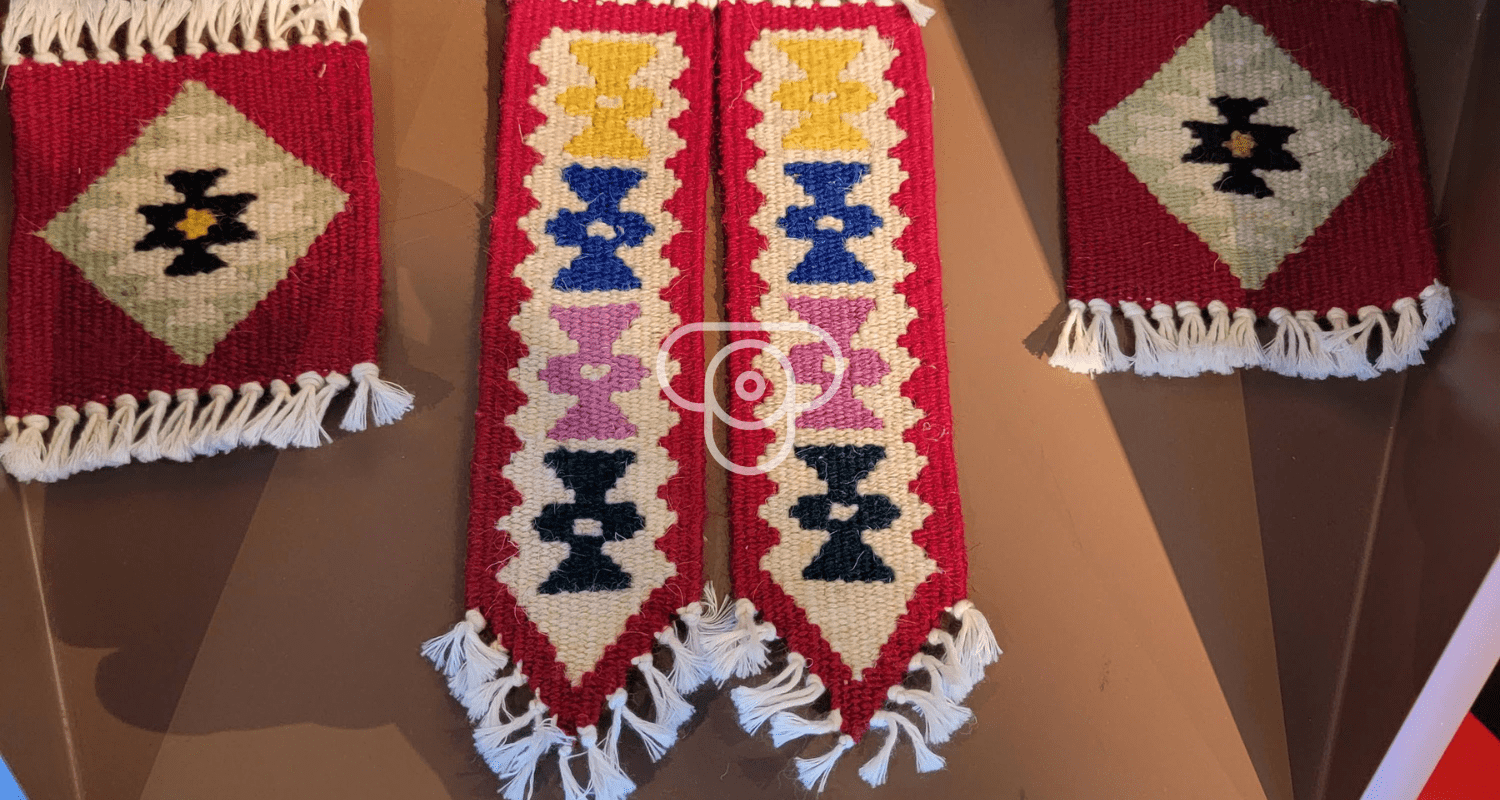
Here are some traditional crafts of Bosnia and Herzegovina and the stories behind them for you to enjoy:
Bosnian rugs and carpets: age-old handweaving technique
Carpet weaving was greatly influenced in Bosnia by the Ottoman Empire and Muslim influence. It became a symbol of Muslim nobility at one time and followed the techniques and designs of the Anatolian culture.
Eventually, Austro-Hungarian rulers established the first weaving factory, and the actual Bosnian patterns were collected in a book format. The Bosnian kilims and carpets saw a period of glory but this tradition unfortunately is on the decline.
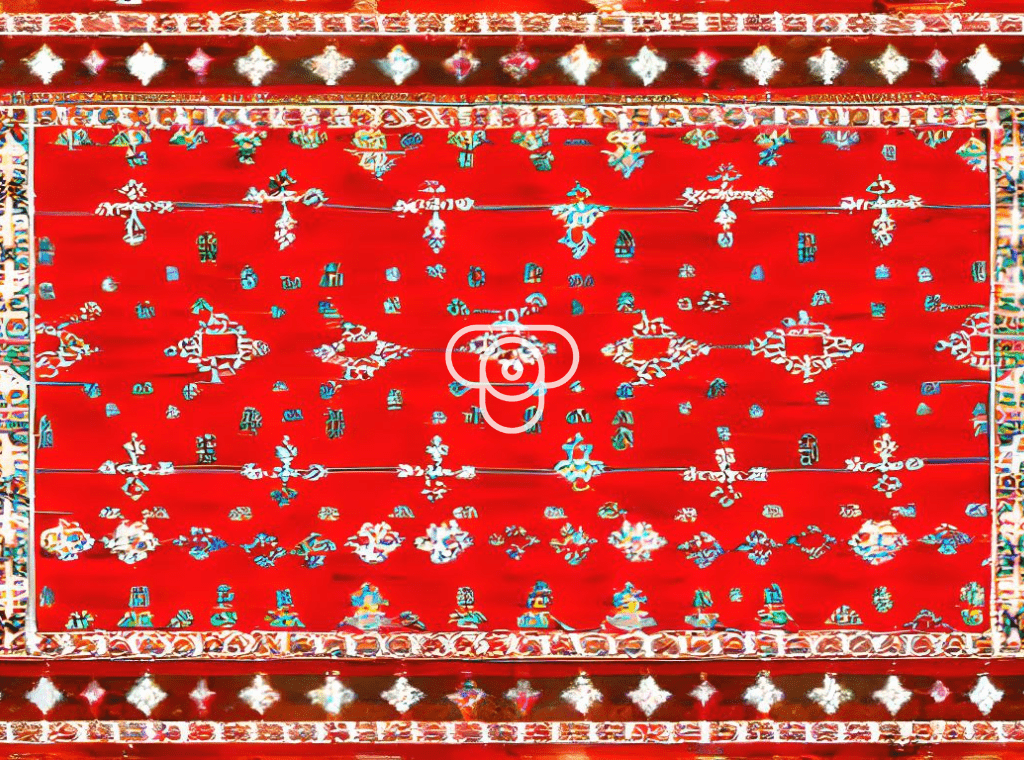
To find an authentic Bosnian kilim, you will have to put in some effort. Ask the locals and wander in the markets, you will eventually be able to find out a craftsperson. Sarajevo and Mostar’s old markets are high-probability places to find authentic Bosnian Kilim.
The traditional and authentic way uses interweaving, which involves strategically creating geometric patterns, they would make attractive carpet pieces from cotton warp and weft wool. You will find other vibrant colors forming beautiful combinations, but black or red still remains the dominant color in this area.
Opanak: Handmade leather shoes
The majority of folklore or traditional costumes of Bosnia were handmade up until the 19th century. Women would hand-weave these clothes, utilizing mostly natural resources while they showcased the traditional aspects of these clothes. An important part of the Bosnian folklore dress is Opanak or leather-made shoes.
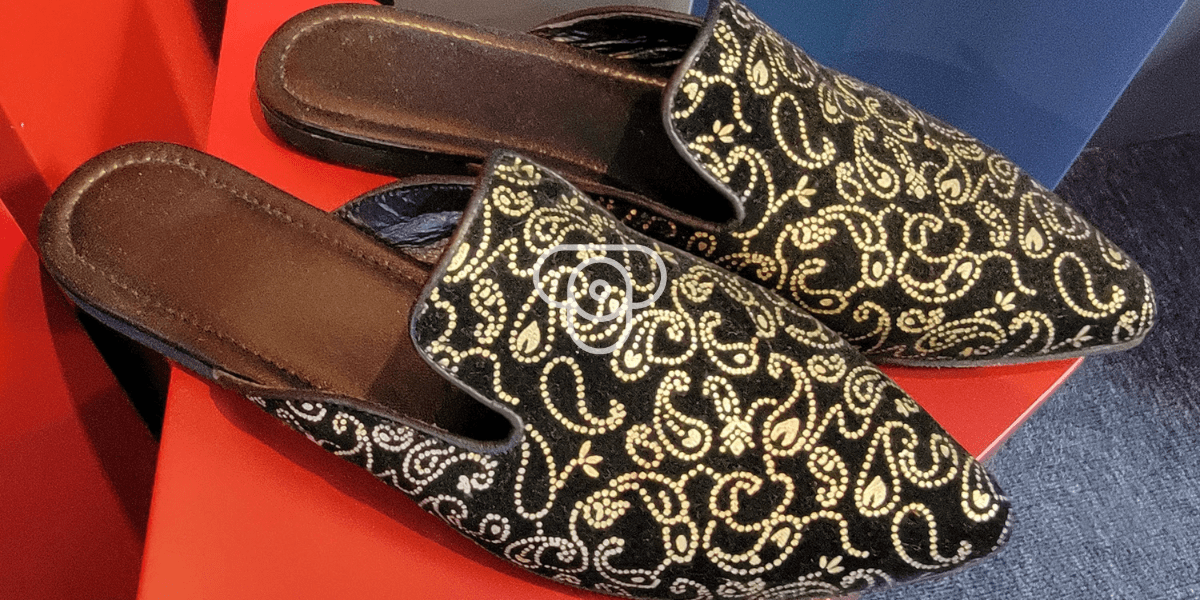
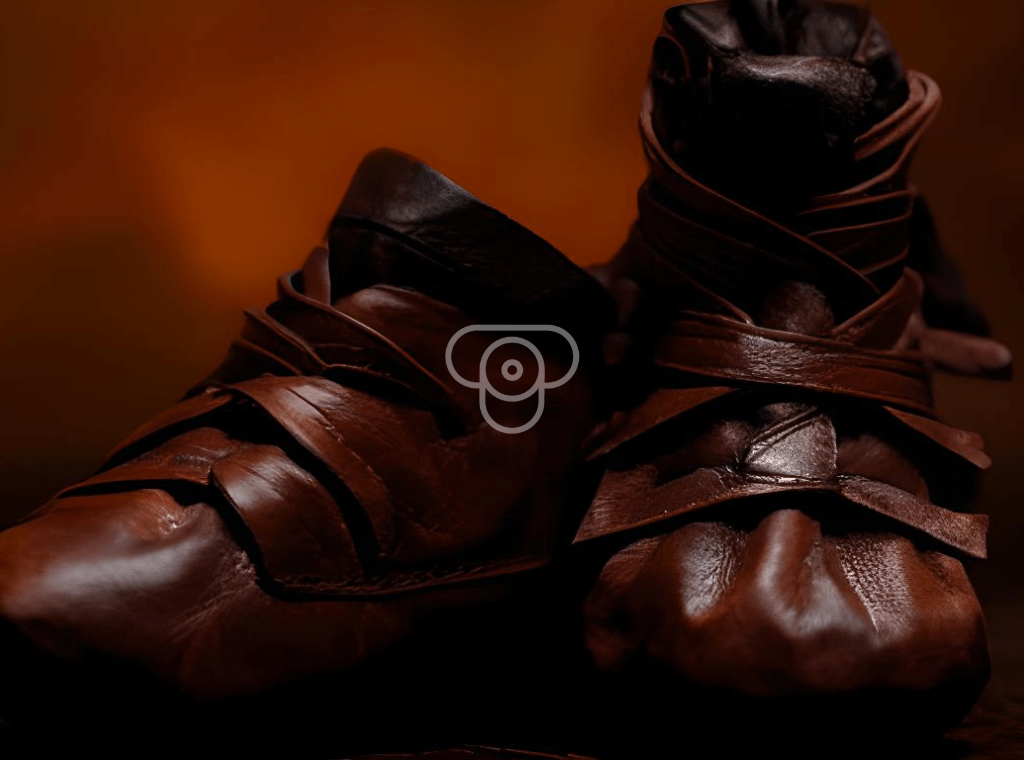
Traditionally, raw leather was mostly used which was not treated but only dried. After outlining the design, pieces of leather were cut which would then be sewn together to make the opanak. Lack of laces, durability, and pointy toes, describe an authentic opanak. Known as opaci in the local language, it has been an important part of Bosnian folklore dress since the 19th century.
Copperware and metalwork
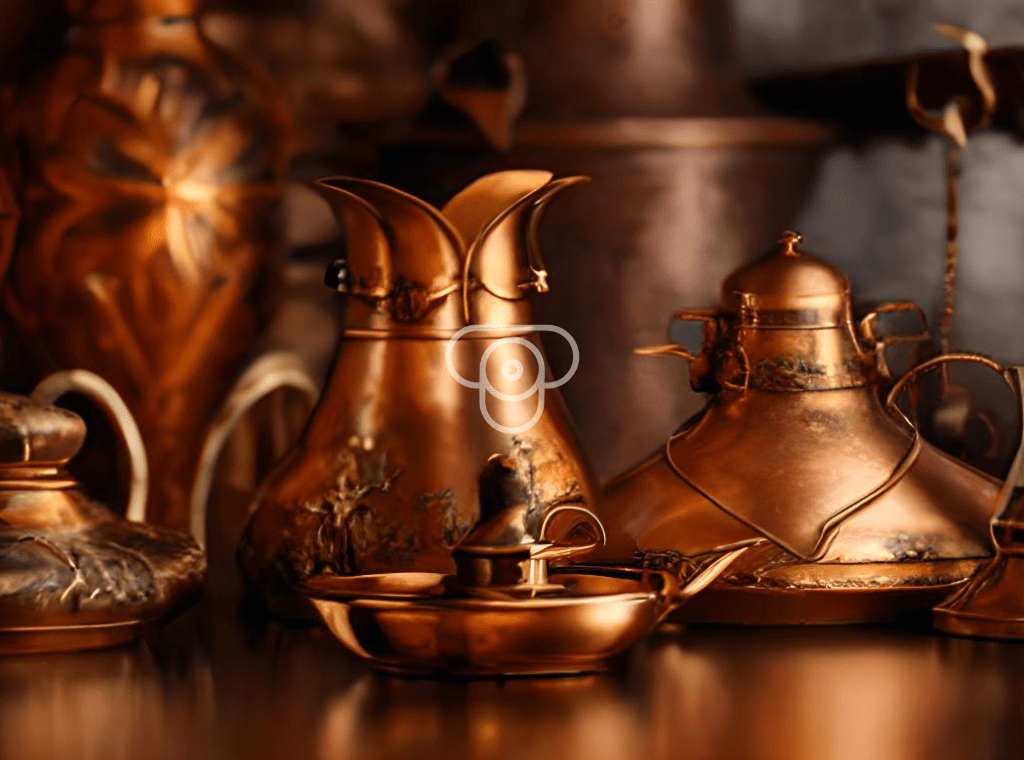
You’re in one of the Balkans, and you can’t find any copper work? How might that be? These handicrafts in Bosnia and Herzegovina are also heavily influenced by the Ottoman Empire.
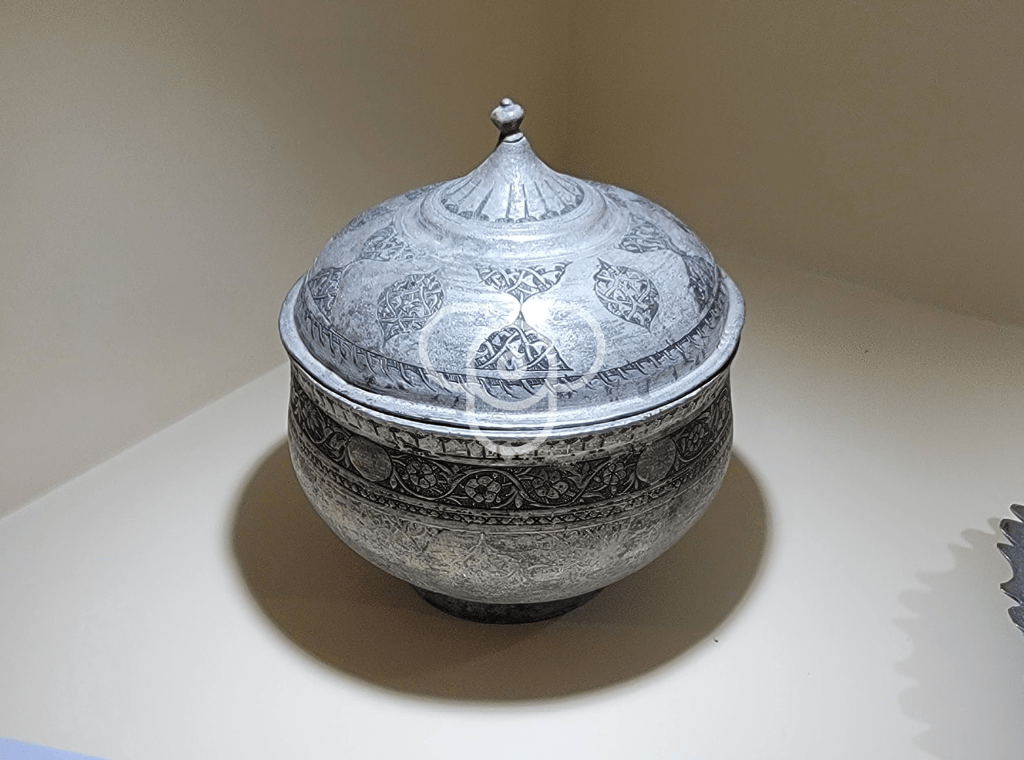
You shall have these sleek pieces of teapots, plates, cups, trays, ottoman-inspired lamps, and definitely a dzezve or a coffee pot. Though Bosnia has had artisans for centuries who have been crafting beautiful pieces from copper, copperware artisanry is not abundantly found nowadays.
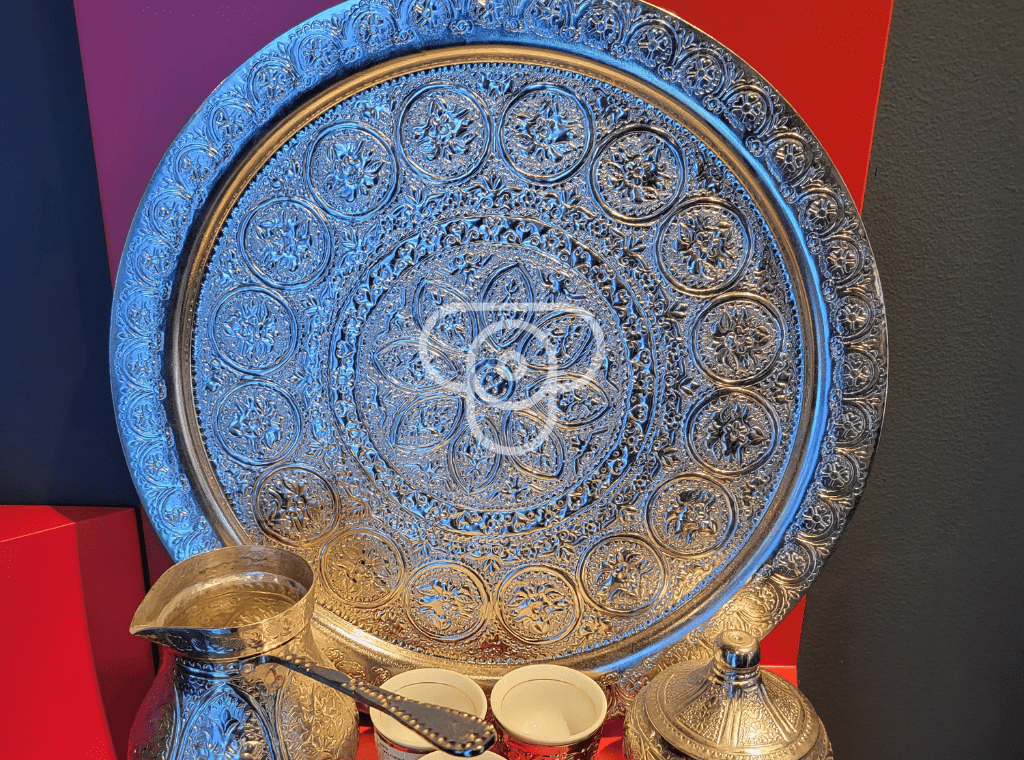

To find one-of-a-kind pieces, have a visit to coppersmiths street in the old Bascarsija area of Sarajevo. Near the old bridge (Stari Most) in Mostar is another place to look for authentic pieces. It is better to buy from places where you see artisans making these by hand. It is highly likely that you will find authentic crafts at a decent price.
Jewelry
If you’re not sure what to take back for a loved one, jewelry can be the perfect choice. Made out of metal or silver, you will find intricate pieces of earrings, bracelets, necklaces, and pendants.
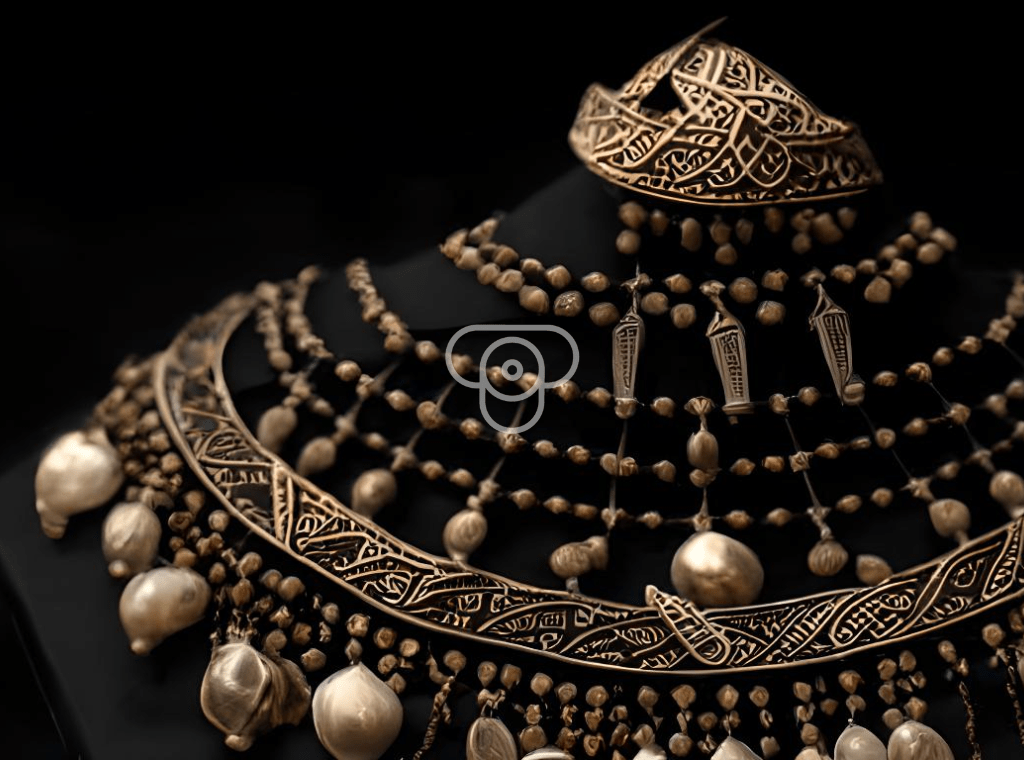

You will find traditional designs as well as local lore depicted in the designs such as Bosnian pyramids on keychains and these are also made out of silver.
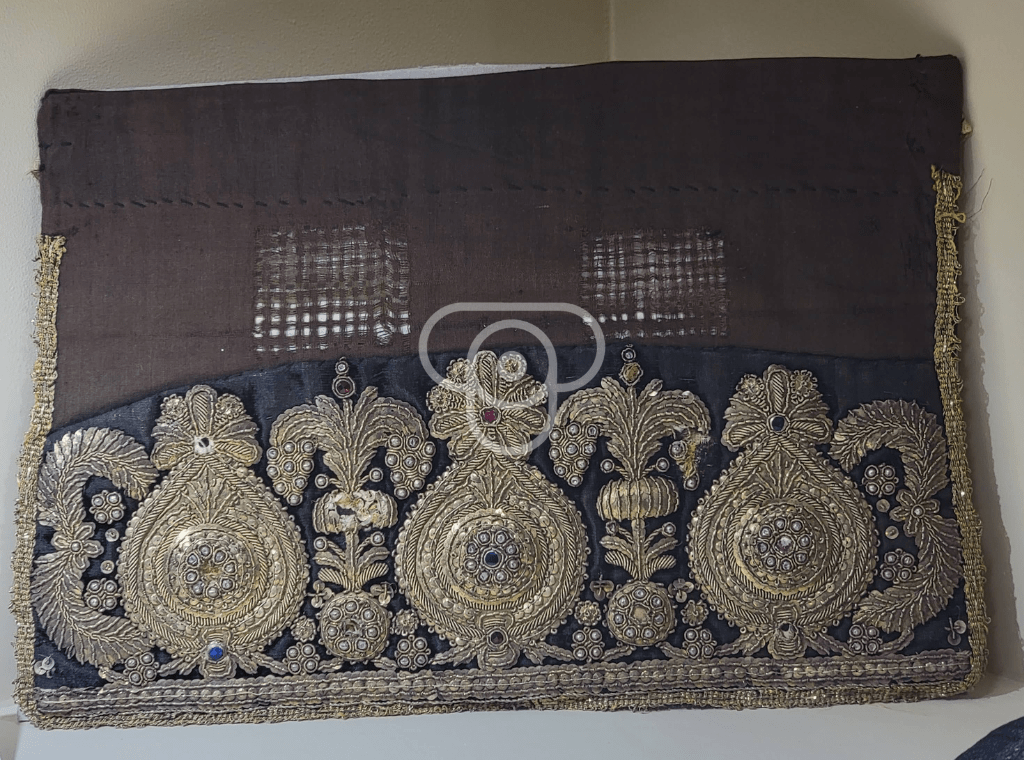
Jewelry made of filigree is also a popular style. Metal wire made of gold and silver is used to make it. These have a pretty appealing simple design. You will find a variety of designs exhibiting the creative energy of regional artists as you browse the local marketplaces.
Making art from war relics
Used ammunition developed into an unexpected medium for creative expression following the Bosnian War. Spent bullets were recycled by the locals into amusing trinkets, pencils, and toy tanks. Although they could have historical value, it’s important to travel with goods that won’t cause any issues so make your choice carefully.
Konjic woodcarvings
Konjic is a city and municipality in Bosnia & Herzegovina that is famous for its woodcrafts. Furniture, though it is the most common woodcraft product, is not the only woodcraft that artisans in Konjic create. Interior decorations, small decorative objects, and intricate patterned carvings are some of the unique pieces that you can buy. Artisans practice it as wholeheartedly as their ancestors did. It is a craft and a hobby for the local people of Konjic.
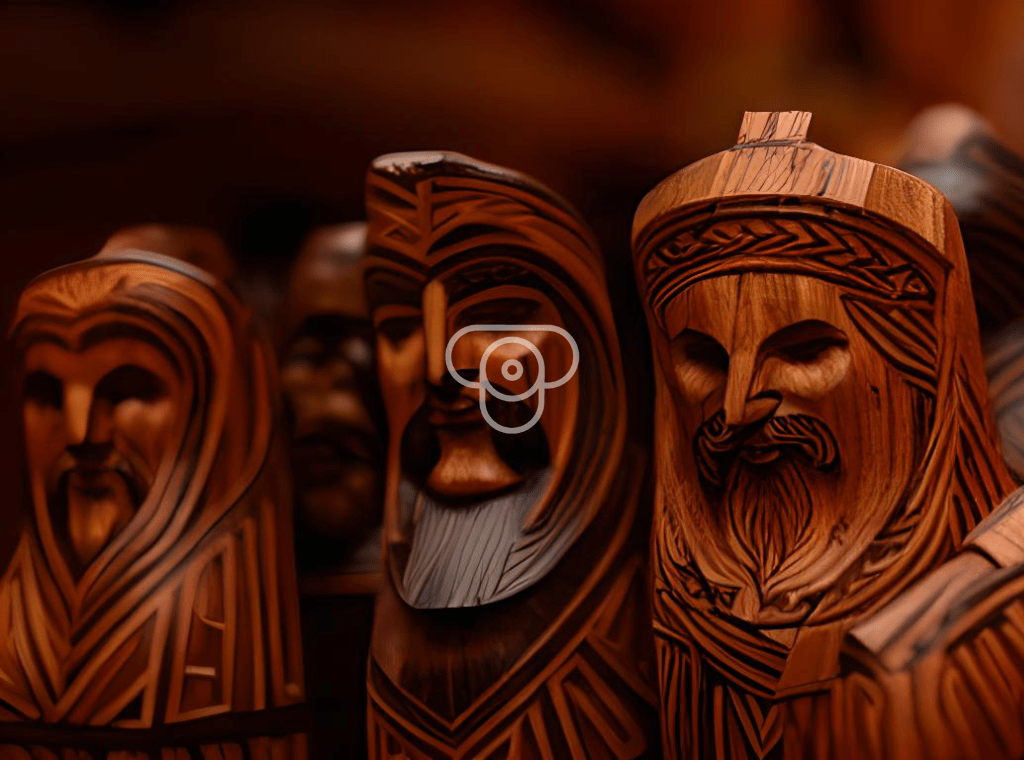
Visiting the local markets to watch the local artisan’s work is always a great experience. The bazaar near the old bridge in the city of Mostar is a must visit place to see the traditional arts of the country. When visiting Sarajevo, apart from the historical location, you must see Bascarsija, which is the city’s old market. You will find many authentic handicrafts of Bosnia and Herzegovina still being practiced in their original form. By directly buying from artisans you can help the local economy as well as play a role in empowering these hardworking artisans.

